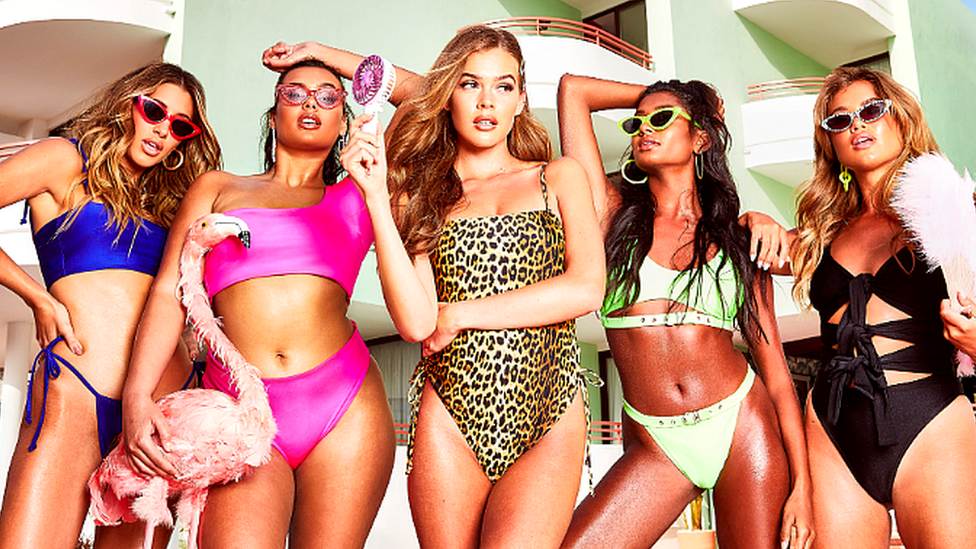Dorothy Perkins? Why would Boohoo want that?
- Published
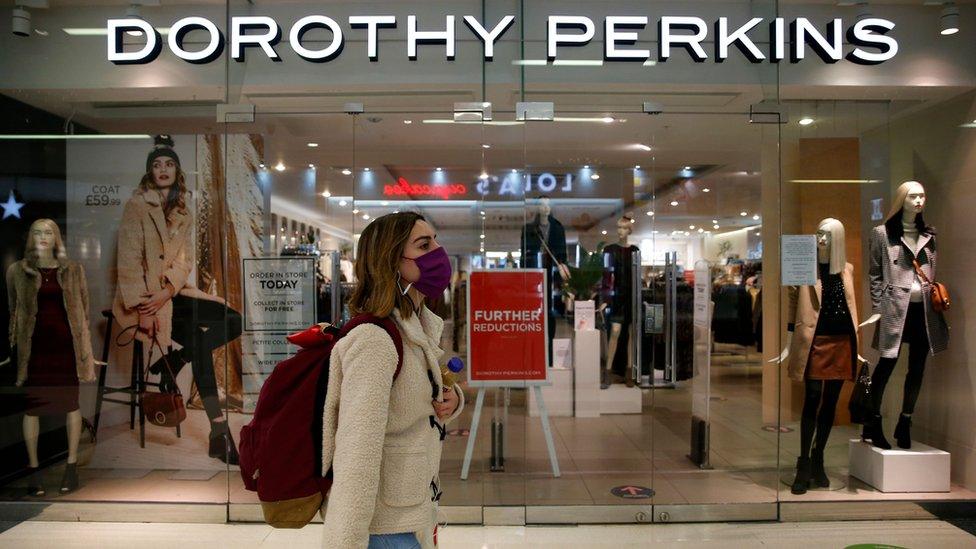
Online fashion giant Boohoo mopped up the last of Sir Philip Green's lost High Street empire, buying Dorothy Perkins, Burton and Wallis.
These add to Boohoo's own vast collection of the brands that made their name largely through their High Street presence.
As an online retailing giant, it did not want the stores, nor the staff that went with them: just the brands, as has been the case for all the leading names in the once mighty Arcadia.
Those also include Topshop, Topman and Miss Selfridge, which were bought by rival fashion behemoth, Asos.
But Boohoo's collection already contained Karen Millen, NastyGal, Oasis, Warehouse and Pretty Little Thing, as well as Debenhams. So did it need these, which some would argue are the weakest of the litter?
They are massive money-makers
The three brands are still very popular, with two million active customers last year. Collectively, people bought about £180m of items from them.
All this access was picked up for £25.2m.
Richard Lim, chief executive at Retail Economics, says: "The main thing is, this comes down to price. It's just seen by Boohoo as an opportunistic chance to acquire brands at a price that they see as offering them a good amount of value."
The timing is good for such a move, too, he says: "What's really important is we've seen this step-change in the proportion of sales that have moved online, escalated, of course, by the pandemic.
"The brands might well be tired, but their core customers are catching up with the rest of Boohoo's customers and are going through a transition to buying online."

They draw more people into the 'store'
"Think about what Boohoo was known for. They were positioned among the young, with very low-cost fashion, and with the lower quality that goes with that.
"They've done really well on that, appealing to a certain type of customer, but they've pretty much got that market - not much room for growth apart from diversifying," says Clare Bailey, founder of The Retail Champion.
She says Burton edges the group into territory where it can compete to some extent with Next. She says Boohoo, which also has Debenhams, had already started moving into a more traditional retail space.
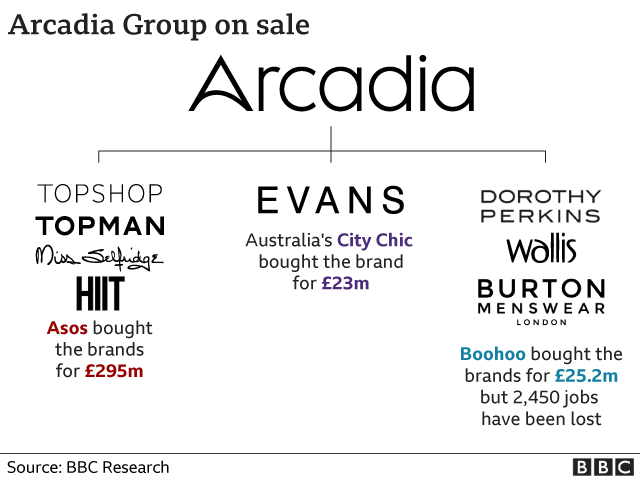
Ms Bailey acknowledges Dorothy Perkins is not "fashion forward", but says: "It brings in an important market Boohoo wasn't tapping before. Likewise Wallis, which is designed to appeal to working women with higher quality workwear."
And that, she says, opens up a lot of opportunity: "You've got wider marketing channels, and you're tapping into the loyalty of your new customers.
"Once you've got them, you've got the ability to reach those other customers, with all the opportunities for consolidation and efficiency that brings."

From dull to dazzle?
Richard Lim says there's a lot of work to do to reposition the brands: "They are boring and tired."
"These brands have been driven down for a long time," says Kate Hardcastle, from retail analysts Insight with Passion. "If anything was going on at Arcadia fashion, it was going on at Topshop. That was Arcadia's one jewel."
She agrees Dorothy Perkins had become dull and tired, but says if any company can bring it to life, it's Boohoo: "Look at what it's done with Karen Millen. Who would have thought the last word in fast fashion could have taken on Karen Millen, and Coast, and reinvigorated them.
"They've proved they can reinvigorate and they do that by knowing their customer.
"Coast now looks nothing like what it did - gone are the big flowery ball gowns - they've listened to their customers and found they didn't want that after all.
"Boohoo management have the skill. They were market traders and they were able to take their direct-to-consumer relationship attitude to online. If you know how to do that with one set of customers, you can do it with others."
Related topics
- Published8 February 2021
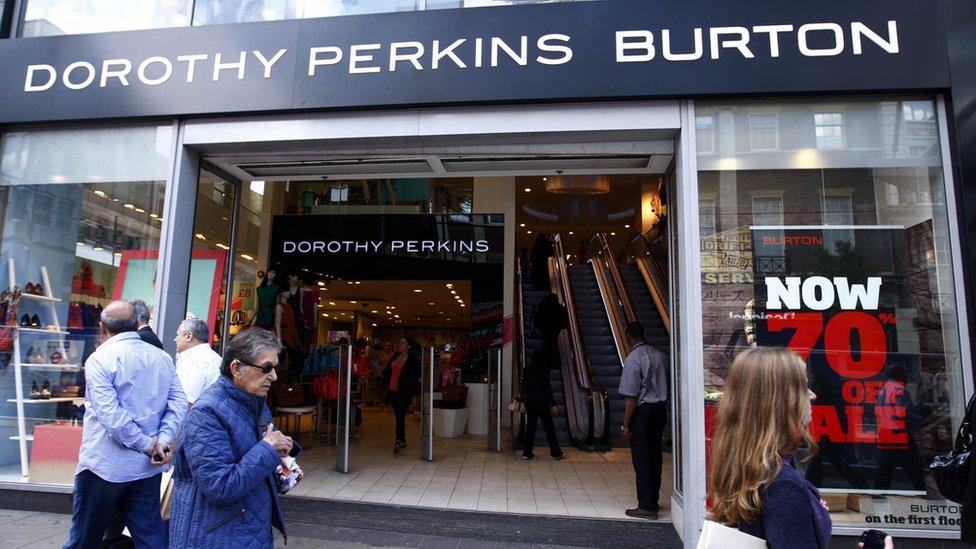
- Published2 February 2021
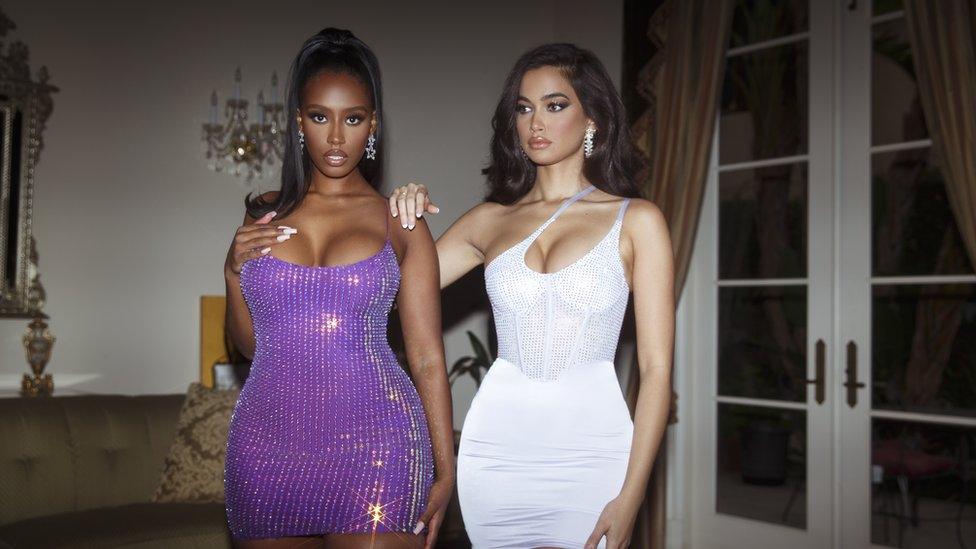
- Published14 January 2021
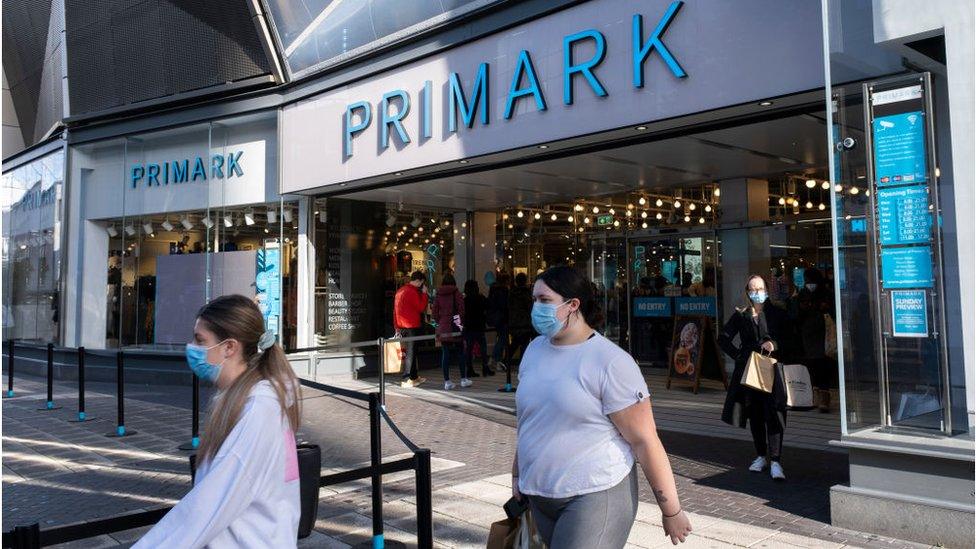
- Published8 February 2021
